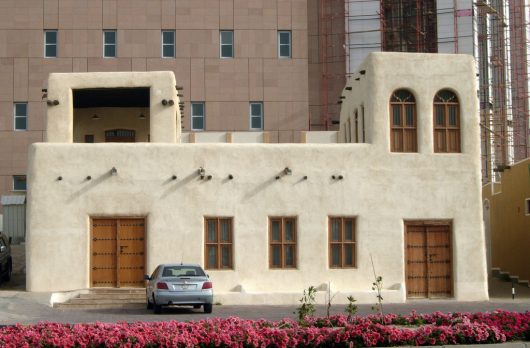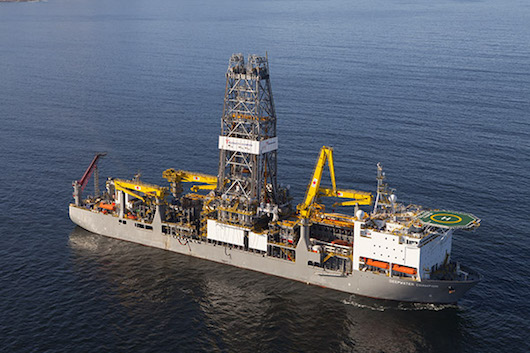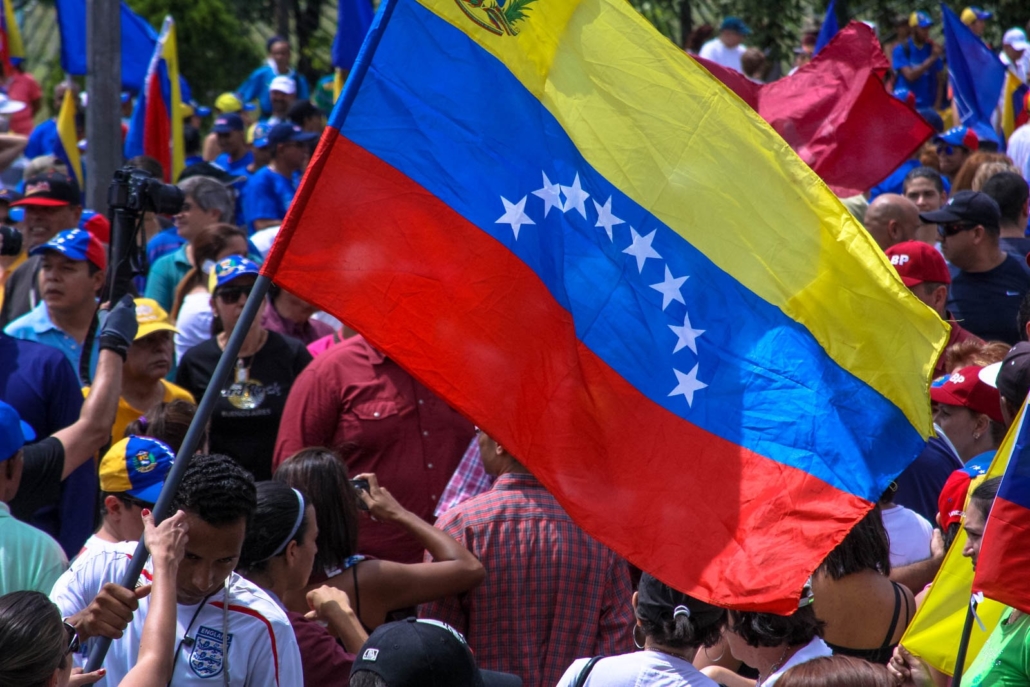
As the beneficiary of the world’s largest oil reserves, Venezuela was once the wealthiest nation in Latin America. However, in 2014, the economy began to collapse. The Bolivar, its currency, has gone into free fall, leaving millions unable to afford even the most basic necessities. According to Bloomberg’s Café con leche index, a cup of coffee today costs the same as 1,800 cups in January 2018. As food and health care become more difficult to come by, many Venezuelans are faced with the decision of struggling to get by or fleeing the country.
Why Flee?
Every day, thousands of Venezuelans leave their country in search of safety and stability, many of them arriving in Colombia. The International Rescue Committee has been supporting families in need in Cúcuta, a border city, since April 2018.
Venezuela is millions in debt while the only commodity that the country relies on is oil. Unfortunately, the value of oil has plummeted. In 2014, the price of oil was about $100 a barrel. Then several countries started to pump too much oil as new drilling technology could dredge up what was previously inaccessible, but businesses globally were not buying more gasoline. Too much oil caused the global price to drop to $26 in 2016. Today the price hovers around $50, which means that Venezuela’s income has been cut in half.
At the same time, Venezuelan President Nicolas Maduro’s hostility towards foreign business has created a corporate exodus. Companies such as United, General Motors and Pepsi have left entirely and unemployment in Venezuela could reach 25 percent this year. To try and keep up, Maduro has raised the minimum wage three times in 2019 in order to provide a little short-term relief to the poor. Currently, the minimum wage is at 18,000 bolivars per month, which is around $6.70 U.S.
How Many Venezuelans Have Left?
According to the U.N., more than three million people have already left Venezuela since the crisis began, and that number is increasing at a rapid rate. Approximately one million people, several lacking official documentation, have gone to neighboring Colombia. However, Peru is the second most popular destination country for Venezuelan refugees, with over 500,000. Ecuador follows, with over 220,000, Argentina with over 130,000, Chile with over 100,000 and Brazil with 85,000 immigrants.
By the end of 2019, the number of Venezuelans fleeing the country should reach 5.3 million. Nearly 300,000 children have fled the homes and lives they once knew, and approximately 10 percent of the country’s total population has already left.
The Way Out
The majority of those fleeing Venezuela do so on foot, and the road begins close to Cúcuta. Many people pay smugglers to use a trocha, which is an illegal border crossing through a river. On the Colombian side of the border has become a huge open-air market for all the things that people cannot get in Venezuela anymore. Vendors advertise medicines and cigarettes, candy and phone minutes for people to call home.
Sadly, some do not make the journey on foot. In Cúcuta, the temperature can hit 90 degrees Fahrenheit. However, on other parts of the route, the road climbs to 10,000 feet above sea level and temperature can drop below freezing. Walking this route takes approximately 32 days. The mountain pass, La Nevera, translates to the Refrigerator. Aid groups and residents have opened their homes and set up shelters along the path. However, the number of Venezuelans fleeing the country has surpassed the number of shelters available along the way, making space for only the lucky few.
The Impact
The emotional wellbeing of children who have fled Venezuela is of high concern. Sometimes traveling alone, boys and girls disrupt their education and are in great danger of falling behind in school and never catching up again. On the contrary, some parents leave their children behind when they leave the country. These children often gain material benefits from their parents’ migration, because sending hard currency to relatives provides greater access to food, medicine and other lacking necessities.
Furthermore, tensions between Venezuelans fleeing the country and citizens of other countries is often high. Colombia has had to reach out to the international community for help in dealing with the influx of migrants. Hospitals and elementary schools in Cúcuta have been overwhelmed, and administrators complain about the central government’s failure to reimburse them for the cost of caring for migrants. The national government has suspended the issuance of temporary visas, and the U.S. Agency for International Development, or USAID, has promised $30 million in assistance.
In Ecuador, anti-immigrant sentiments reached a highpoint when a Venezuelan allegedly stabbed to death his pregnant Ecuadorian girlfriend, Diana Ramirez Reyes, in front of police and scared residents of the city of Ibarra. Since then, President Lenin Moreno decreed a tougher immigration policy that requires incoming Venezuelans to present a document certifying they had a clean criminal record in Venezuela. However, such documents are costly to obtain in Venezuela.
Similarly, Peru and Chileans have developed hesitation toward Venezuelans fleeing the country. People cannot renew work permits in Peru and as of 2018, the country decided to stop issuing them. A recent survey in Chile found that many natives disapprove of the number of immigrants coming in. Seventy-five percent of those responding to the survey thought that the number of immigrants was excessive.
Who is Helping?
Since April 2018, the IRC has been working in Cúcuta supporting Venezuelans and vulnerable Colombians with specialized services for women and children, cash assistance and health care. Aid organizations and families are also working to help immigrants along the route. The Colombian Red Cross has a small aid station on the outskirts of Pamplona, a city in Colombia’s Norte de Santander region.
The U.S. government has also helped by providing about $200 million in humanitarian aid to address the crisis in the region. Most of this money has gone to Colombia as do the majority of Venezuelans fleeing the country.
UNICEF has appealed for $69.5 million to meet the needs of uprooted children from Venezuela and those living in host and transit communities across the LAC region. It is working with national and local governments, host communities and partners to ensure access to safe drinking water, sanitation, protection, education and health services for Venezuelans fleeing the country.
– Grace Arnold
Photo: Flickr
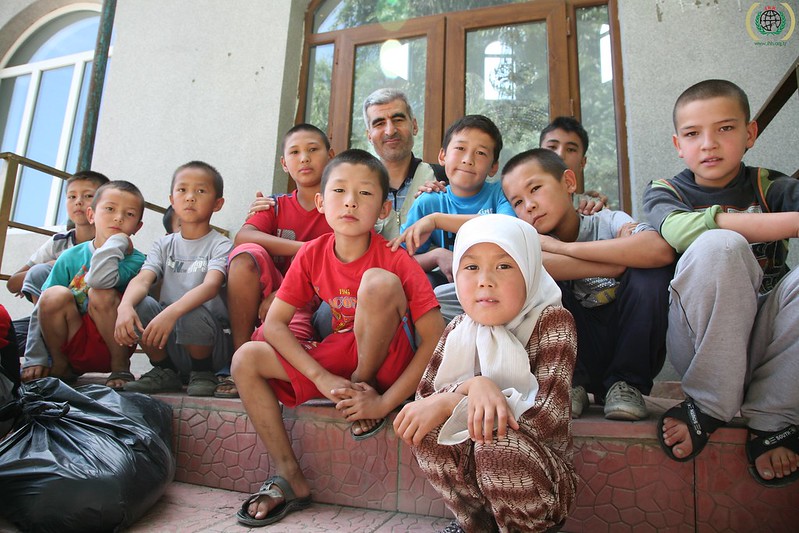

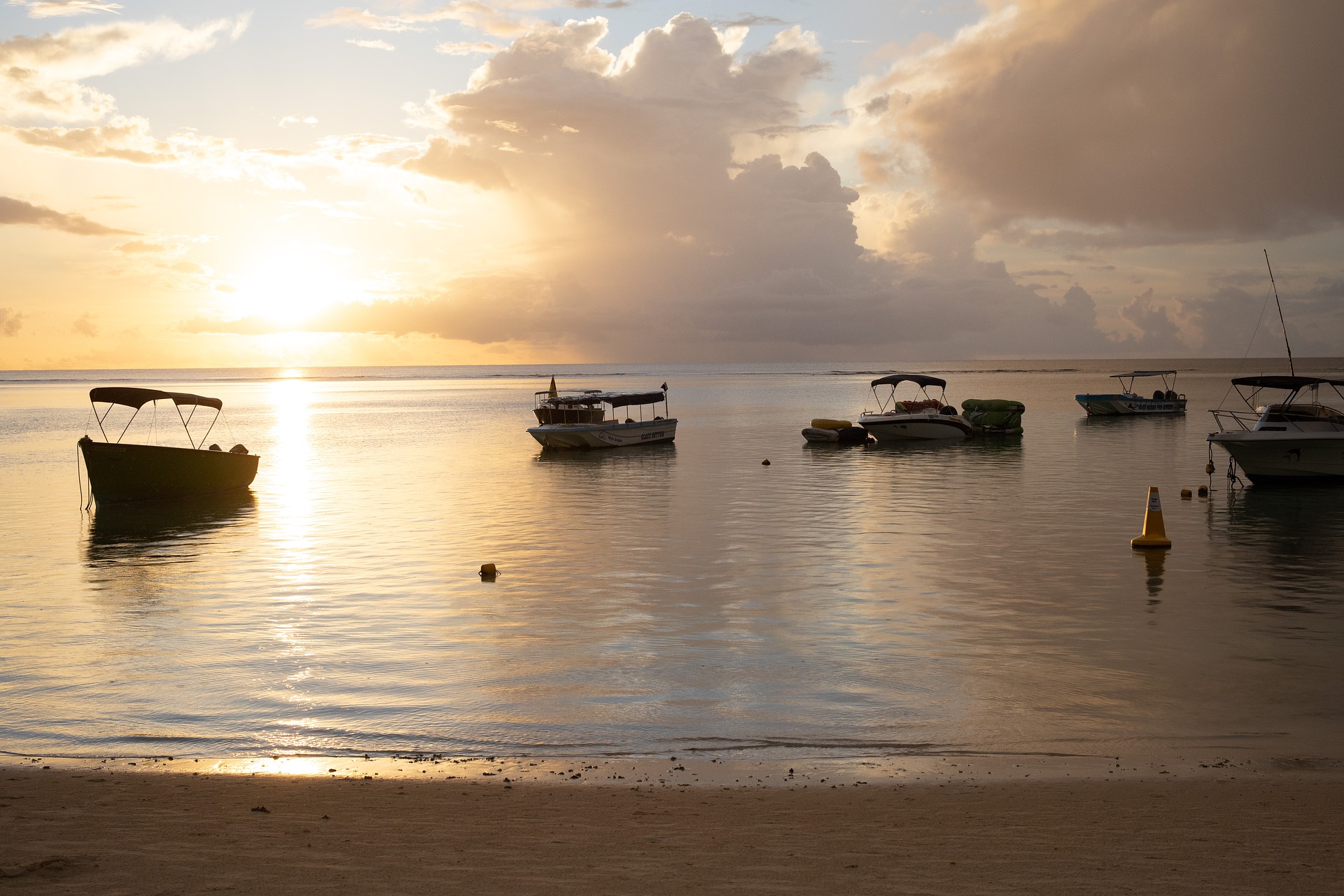 Mauritius is an island nation off the east coast of Africa with a population of fewer than 1.3 million people. In 2019,
Mauritius is an island nation off the east coast of Africa with a population of fewer than 1.3 million people. In 2019, 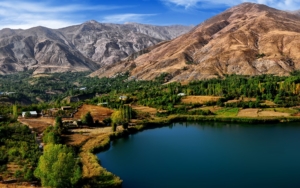 Logic follows that the wealthier a country becomes, the more financial resources it should have to combat poverty. The European Union countries and the United States have many programs to address domestic and global poverty, administered by both non-governmental (NGO) and governmental organizations. Taking the logical argument further yields that countries with vast natural resources should be equally capable of fighting poverty. By monetizing their vast natural resources, they should have plenty to provide for their citizens. The reality though is starkly different due to the resource trap.
Logic follows that the wealthier a country becomes, the more financial resources it should have to combat poverty. The European Union countries and the United States have many programs to address domestic and global poverty, administered by both non-governmental (NGO) and governmental organizations. Taking the logical argument further yields that countries with vast natural resources should be equally capable of fighting poverty. By monetizing their vast natural resources, they should have plenty to provide for their citizens. The reality though is starkly different due to the resource trap.

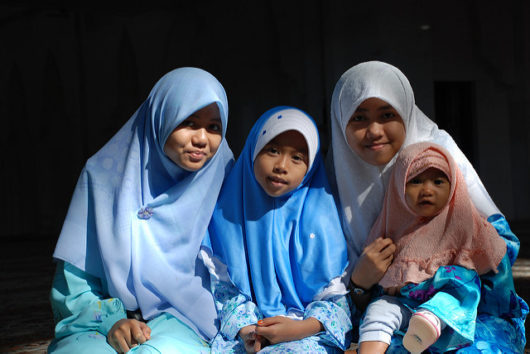
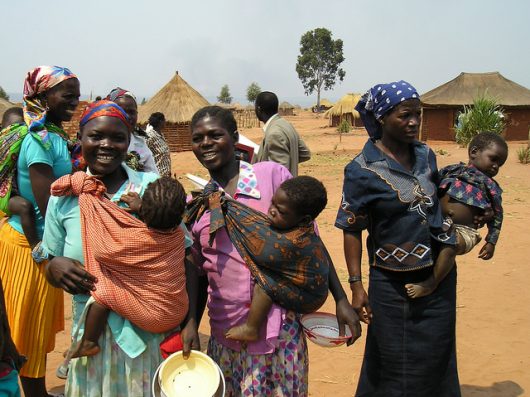
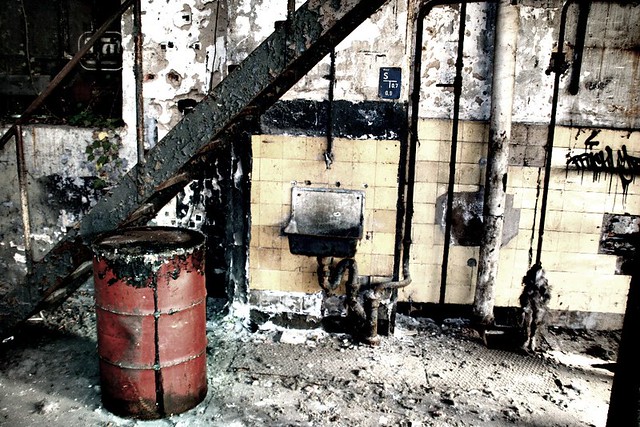 The drastic plunge that oil prices have taken from record figures of over $100 a barrel, down to averaging between $40-$45 a barrel, has left the economies of several OPEC countries beleaguered.
The drastic plunge that oil prices have taken from record figures of over $100 a barrel, down to averaging between $40-$45 a barrel, has left the economies of several OPEC countries beleaguered.